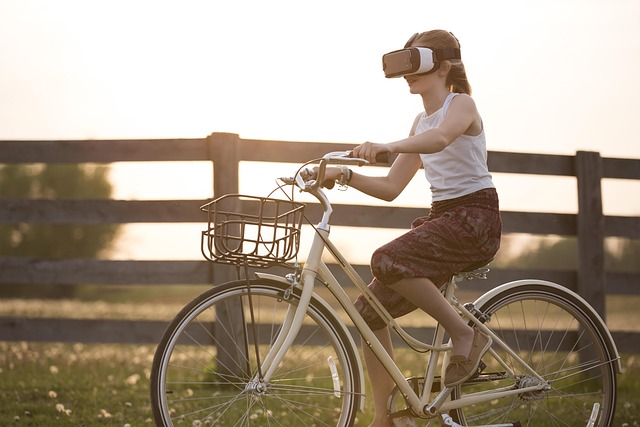The realm of education is undergoing a monumental transformation, propelled largely by advances in technology. Among these, virtual training through Virtual Reality (VR), Augmented Reality (AR), and the Metaverse is set to redefine how learners engage with knowledge and skills. Imagine stepping into a digital classroom where historical events unfold around you, or a science lab where you can manipulate molecular structures with a simple gesture. This is not a distant dream; it’s rapidly becoming our reality.
Virtual Reality immerses learners in entirely simulated environments. In a VR classroom, students don headsets and find themselves within a 3D landscape tailored to their studies. For example, medical students can practice surgical techniques in a risk-free virtual operating room, gaining hands-on experience without the consequences associated with real-life errors. This kind of virtual training allows them to hone their skills at their own pace, reinforcing learning through repetition and practice.
On the other hand, Augmented Reality bridges the gap between the physical and digital worlds by overlaying digital information onto real-world environments. Imagine a biology student examining a plant through their smartphone or tablet, where they can interact with 3D models of the plant’s internal structures. This technological advancement makes learning more interactive and engaging, allowing students to visualize complex concepts and better retain information. The interactive nature of AR can turn mundane lessons into exhilarating experiences, making education feel less like a chore and more like an exploratory adventure.
Then, there’s the Metaverse—a collective digital space that merges physical and virtual experiences. It opens up infinite possibilities for collaborative learning and social interaction among students from all corners of the globe. Within this vast universe, learners can attend lectures, participate in group projects, and even network with professionals in their fields—all in real-time and from the comfort of their homes. The Metaverse not only expands educational boundaries but also fosters a sense of community, breaking down geographical barriers and creating a truly global learning environment.
The synergy between VR, AR, and the Metaverse is transforming virtual training into an engaging, powerful tool for both educators and students. Educators can design customized learning experiences that cater to different learning styles, effectively meeting the diverse needs of their students. Meanwhile, learners benefit from an education that is more dynamic, interactive, and relevant, preparing them not just for tests, but for real-world applications of their knowledge and skills.
As we stand on the brink of this new educational frontier, the importance of embracing innovation cannot be overstated. The integration of VR, AR, and the Metaverse in education isn’t merely a trend; it’s an evolution that promises to elevate the learning experience and equip future generations with the tools they need to thrive in an ever-changing world. With each advancement, we move closer to a future where education is accessible, engaging, and truly transformative.



